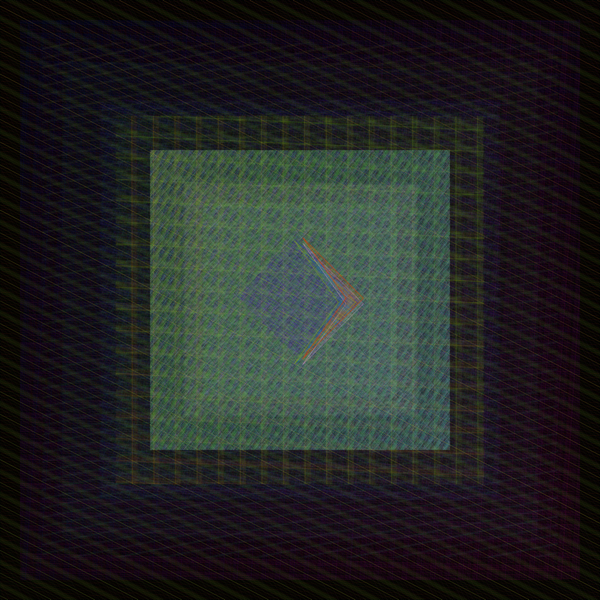Information
- Artwork – Petro National
- Artist – John Gerrard
- Platform – Pace x Artblocks
- Date – 2022
- Format – Web GL
- Token – 0
John Gerrard uses game engines to create real-time simulations that draw attention to the impact of human industry on the natural world. Petro National is a series of 196 simulations of an oil slick polluting the rippling surface of water. Each takes the shape of a UN member nation, and aspects of the simulation are affected by real-world data.
The density and sheen of color, ranging from muted greens to shimmering rainbows, are determined by the given nation’s oil usage, and the light changes depending on the time of day in that country. Game designers meet the challenge games of effectively simulating water’s movement to create a believably immersive virtual environment, but Gerrard turns simulation into data visualization, using the stuff of gaming to point back to this world.
Information
- Artwork – Petro National
- Artist – John Gerrard
- Platform – Pace x Artblocks
- Date – 2022
- Format – Web GL
- Token – 0
Information
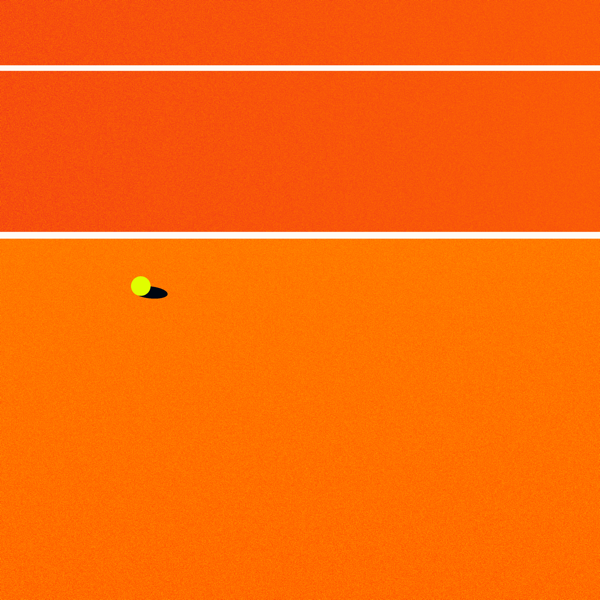
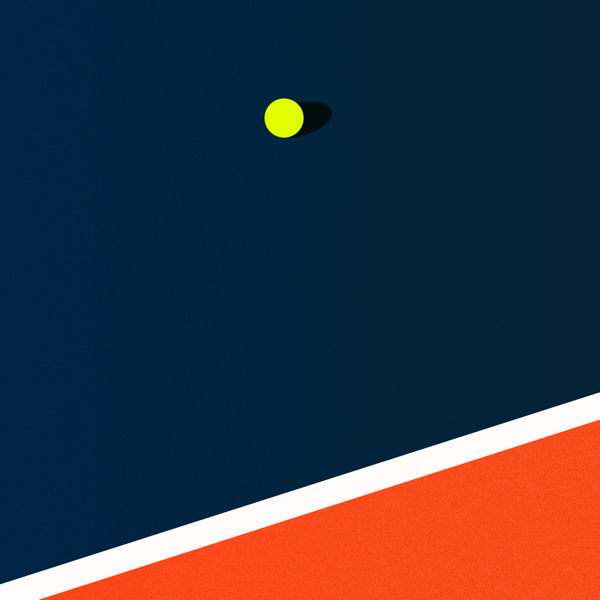
Information
- Artwork – $CAR
- Artist – Shloms
- Platform – Independent
- Date – 2022
- Format – video
- Token – 213
Information
- Artwork – $CAR
- Artist – Shloms
- Platform – Independent
- Date – 2022
- Format – video
- Token – 213
Information
- Artwork – Temporale
- Artist – Sarah Zucker
- Platform – Superrare
- Date – 2023
- Format – JPG
- Token – 234
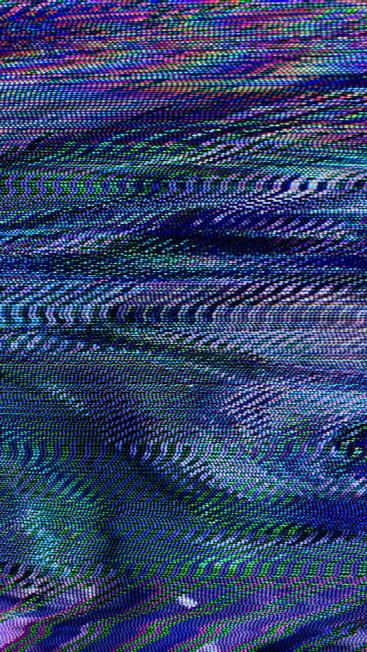
Information
- Artwork – Temporale
- Artist – Sarah Zucker
- Platform – Superrare
- Date – 2023
- Format – JPG
- Token – 234
Information
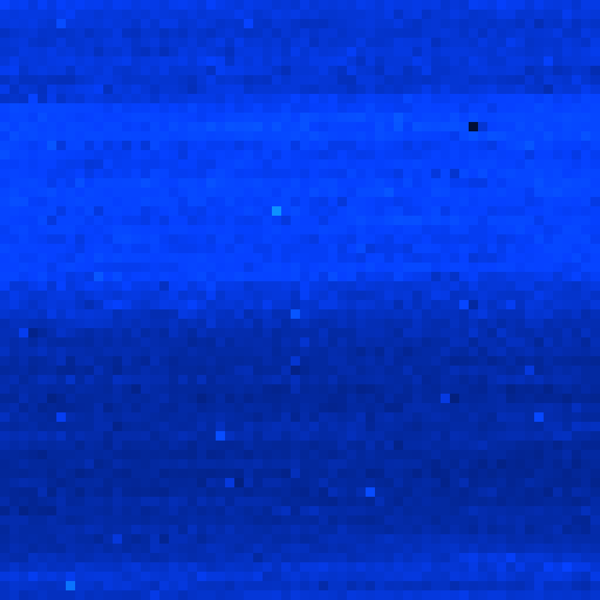
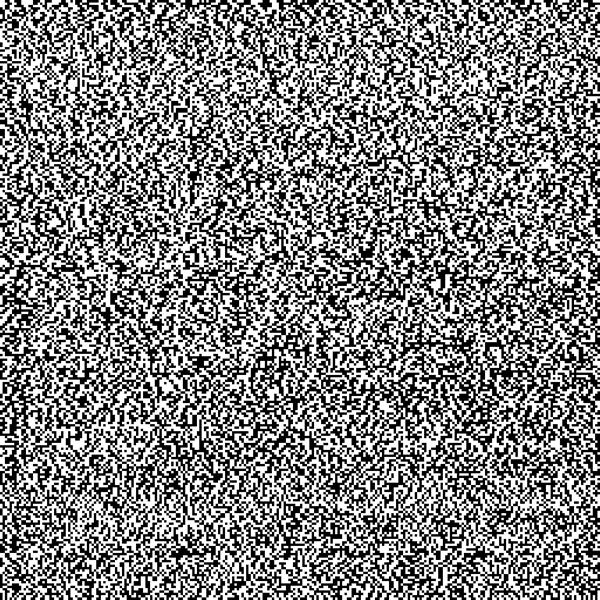
Information
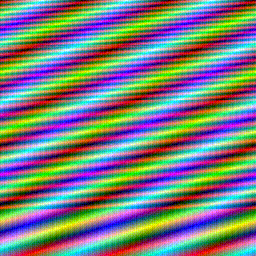
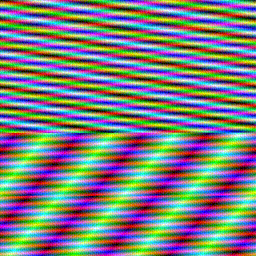
Information
- Artwork – Accidental Pixels
- Artist – Sky Goodman
- Platform – Independent
- Date – 2022
- Format – PNG
- Token – 7
Information
- Artwork – Accidental Pixels
- Artist – Sky Goodman
- Platform – Independent
- Date – 2022
- Format – PNG
- Token – 7
Information

